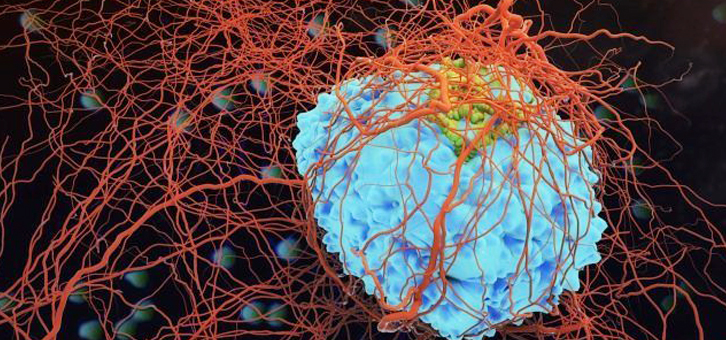In recent times, there has been a colossal upsurge of information about cancer. Lot of details are provided about the symptoms of cancer. This information has helped people to help detect cancer at an early stage. At the same time, the information has also led to unnecessary panic in a whole lot of people.
Tumours can be either ‘benign’ or ‘malignant’. The major difference between the two is that a benign tumour does not spread from one area to the other, whereas a malignant tumour does so.
To give an example, most breast cancer awareness campaigns state that the first symptom of breast cancer is presence of a lump in the breast. While this is true in quite a few cases, what is understated or not grasped by the general public is that majority of breast lumps are non-cancerous. This leads to many ladies seeking medical attention and getting investigated for breast lumps that are totally harmless.
What Is A Tumour?
A tumour by definition is an abnormal mass of tissue as a result of abnormal growth and division of cells. Tumours can be either ‘benign’ or ‘malignant’. The major difference between the two is that a benign tumour does not spread from one area to the other, whereas a malignant tumour does so. Benign tumours can appear anywhere in the body from head to toe. They are classified based on the cells they originate from. Common ones are:
- Adenomas which arise from the gland forming cells
- Fibromas which arise from fibrous tissue
- Lipomas which arise from fat cells
- Chondromas which arise from cartilage cells
- Hemangiomas which arise from blood vessels
Benign tumours grow much more slowly as compared to malignant ones. They are usually harmless except when they grow to large sizes, wherein they can give rise to pressure symptoms by compressing a nearby nerve or blood vessel or any other important structure. Only a few benign tumours have the potential of turning malignant.

Diagnosis
- An experienced physician should be able to differentiate a benign tumour from a malignant tumour based on clinical examination itself.
- He may ask for a biopsy, if still in doubt.
- Radiologic investigations like ultrasound, CT scan or MRI will help in certain cases.
Treatment
Benign tumours can be left alone in most cases. A few of them require treatment, especially if they are associated with the above mentioned complications. Sometimes the removal will be required purely for cosmetic purposes, especially if it is in a visible area.
Common Benign Tumours
- Fibroadenomas that arise in the breast tissue. These are harmless tumours that occur mostly in young ladies. They grow slowly in size and do not have the potential to turn cancerous. Clinical examination and ultrasound or mammogram should be able to tell whether a breast lump is benign or cancerous. If in any doubt, then the patient may be subjected to a biopsy.
- Uterine fibroid, a common medical problem, is another example of a benign tumour. It usually arises in the uterus and does not cause any symptoms till it grows to large sizes. It needs to be operated upon if it is causing symptoms like pain or increased bleeding during periods.
- Lipomas are tumours that arise from fat cells, which is a common occurrence in many patients. They can be present anywhere in the body and are generally harmless. Occasionally they grow big in size and may have to be operated upon.
Sambav urges to educate its readers that most benign tumours are as harmless as sheep and their only relevance is to differentiate them from malignant tumours, which are sometimes wolves in sheep’s clothing. Common people need to be aware of this, so that they do not mistake every tumour is cancerous.





